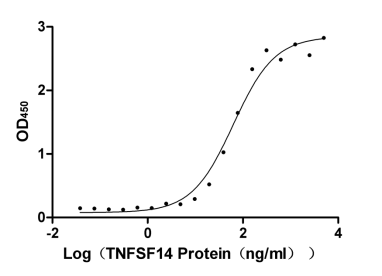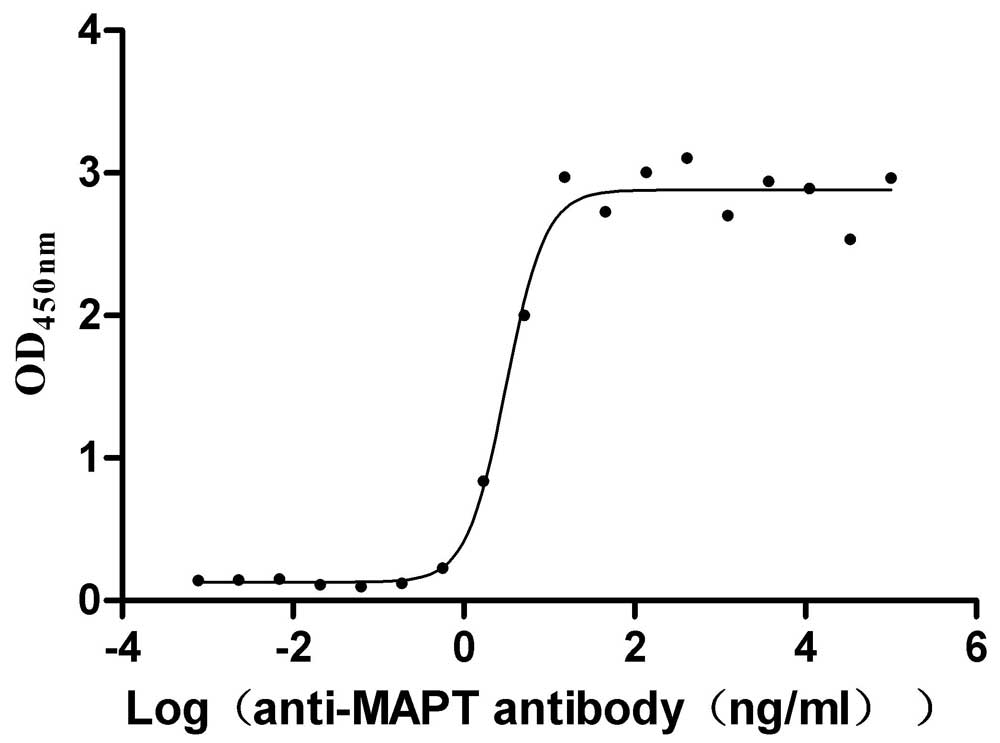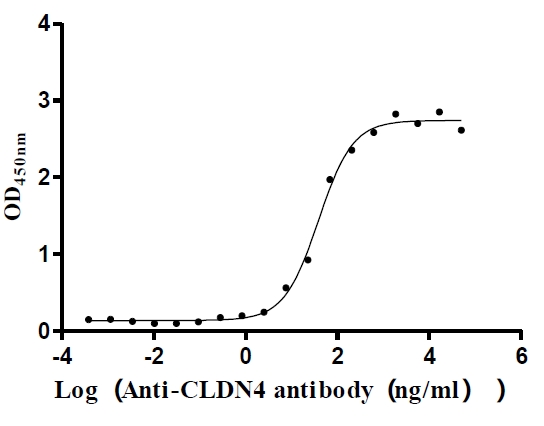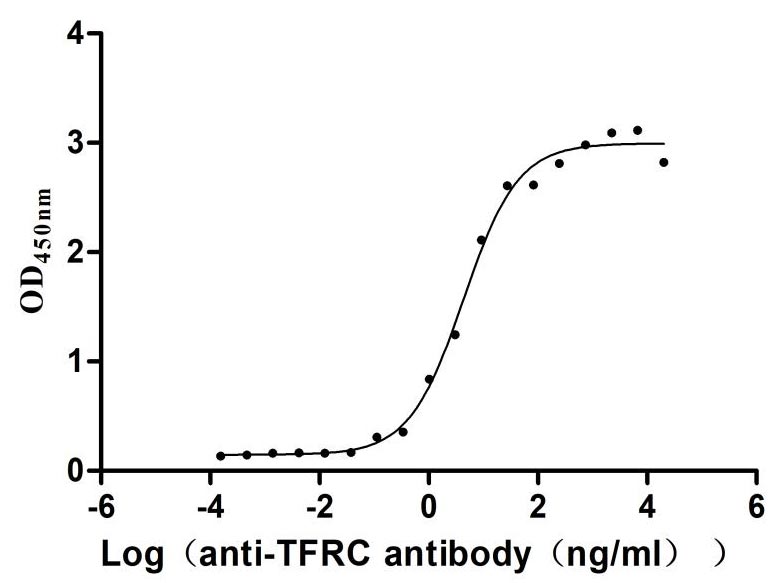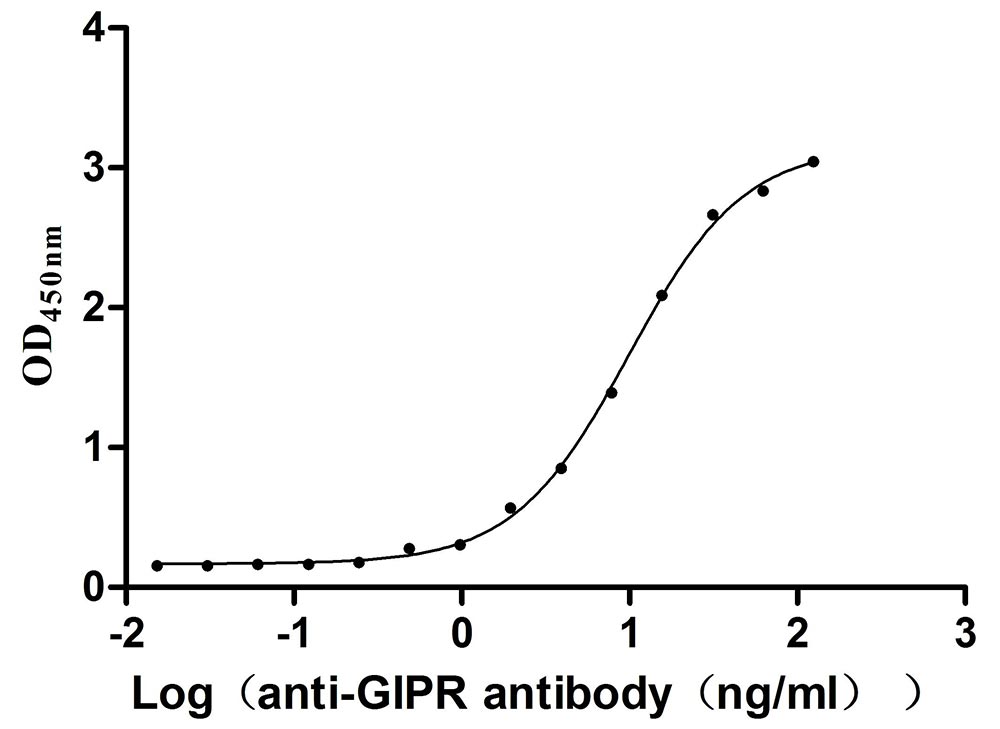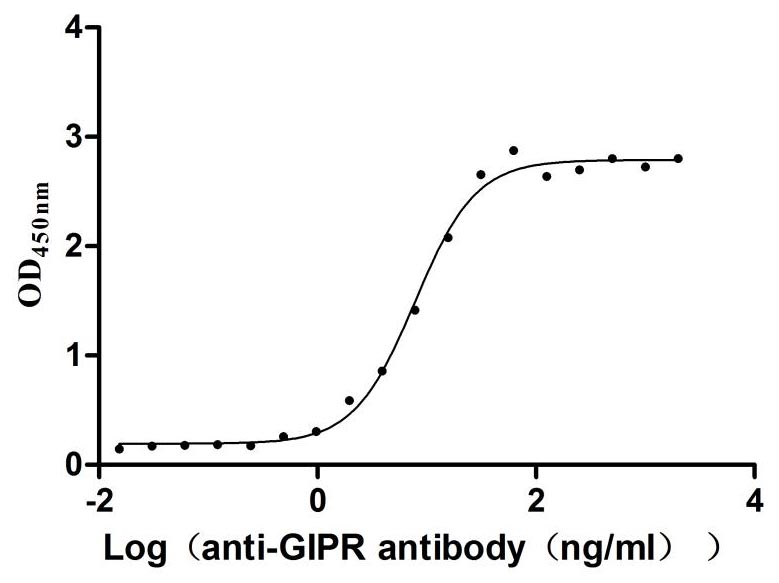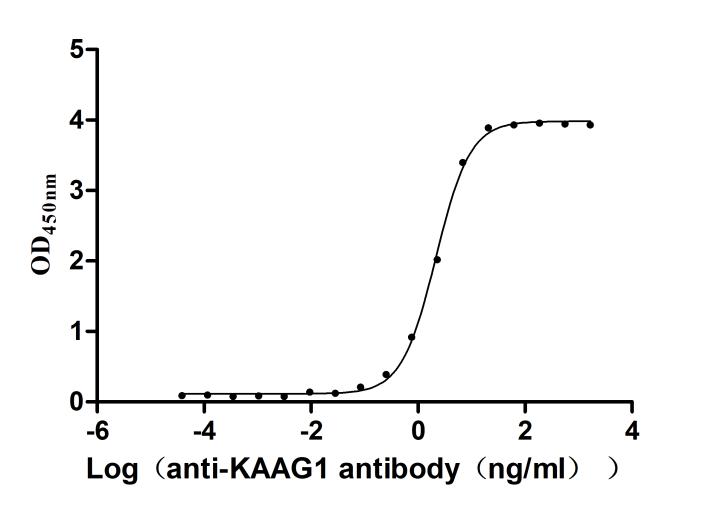Recombinant Saccharomyces cerevisiae Nucleoporin GLE1 (GLE1), partial
-
中文名稱:釀酒酵母GLE1重組蛋白
-
貨號:CSB-EP615490SVG-B
-
說明書:
-
規格:
-
來源:E.coli
-
共軛:Avi-tag Biotinylated
E. coli biotin ligase (BirA) is highly specific in covalently attaching biotin to the 15 amino acid AviTag peptide. This recombinant protein was biotinylated in vivo by AviTag-BirA technology, which method is BriA catalyzes amide linkage between the biotin and the specific lysine of the AviTag.
-
其他:
產品詳情
-
純度:>85% (SDS-PAGE)
-
基因名:GLE1
-
Uniprot No.:
-
別名:GLE1; BRR3; RSS1; YDL207W; D1049; Nucleoporin GLE1; Nuclear pore protein GLE1; RNA export factor GLE1
-
種屬:Saccharomyces cerevisiae (strain ATCC 204508 / S288c) (Baker's yeast)
-
蛋白長度:Partial
-
蛋白標簽:Tag?type?will?be?determined?during?the?manufacturing?process.
The tag type will be determined during production process. If you have specified tag type, please tell us and we will develop the specified tag preferentially. -
產品提供形式:Lyophilized powder
Note: We will preferentially ship the format that we have in stock, however, if you have any special requirement for the format, please remark your requirement when placing the order, we will prepare according to your demand. -
復溶:We recommend that this vial be briefly centrifuged prior to opening to bring the contents to the bottom. Please reconstitute protein in deionized sterile water to a concentration of 0.1-1.0 mg/mL.We recommend to add 5-50% of glycerol (final concentration) and aliquot for long-term storage at -20℃/-80℃. Our default final concentration of glycerol is 50%. Customers could use it as reference.
-
儲存條件:Store at -20°C/-80°C upon receipt, aliquoting is necessary for mutiple use. Avoid repeated freeze-thaw cycles.
-
保質期:The shelf life is related to many factors, storage state, buffer ingredients, storage temperature and the stability of the protein itself.
Generally, the shelf life of liquid form is 6 months at -20°C/-80°C. The shelf life of lyophilized form is 12 months at -20°C/-80°C. -
貨期:Delivery time may differ from different purchasing way or location, please kindly consult your local distributors for specific delivery time.Note: All of our proteins are default shipped with normal blue ice packs, if you request to ship with dry ice, please communicate with us in advance and extra fees will be charged.
-
注意事項:Repeated freezing and thawing is not recommended. Store working aliquots at 4°C for up to one week.
-
Datasheet :Please contact us to get it.
靶點詳情
-
功能:Functions as a component of the nuclear pore complex (NPC). NPC components, collectively referred to as nucleoporins (NUPs), can play the role of both NPC structural components and of docking or interaction partners for transiently associated nuclear transport factors. It is specifically involved in a terminal step of poly(A)+ mRNA transport through the NPC probably by binding the ATP-dependent RNA helicase DBP5 and GFD1 at the cytoplasmic side of the NPC. These interactions are thought to be important for the dissociation of transport proteins such as the heterogeneous nuclear ribonucleoprotein (hnRNP) NAB2 from exported mRNA.
-
基因功能參考文獻:
- Gle1 is a multifunctional DEAD-box protein regulator that modulates Ded1 in translation initiation. PMID: 21949122
- Gle1 specifically binds IP(6); this interaction is required for the full potentiation of Dbp5 ATPase activity during both mRNA export and translation termination PMID: 20371601
- Gle1, Nab2 and Gfd1 associate in a complex;Gfd1 serves as a bridging factor between Gle1 and Nab2-bound mRNA during export PMID: 15208322
- the Gle1-mRNA export pathway is mediated by cytoplasmic inositol hexakisphosphate production PMID: 15459192
- Dbp5 activation at NPCs requires Gle1 and InsP6. This would facilitate spatial control of the remodelling of mRNP protein composition during directional transport and provide energy to power transport cycles. PMID: 16783363
- Our results define specific functions for Gle1 and InsP6 in mRNA export and suggest that local activation of Dbp5 at the nuclear pore is critical for mRNA export. PMID: 16783364
- Study shows that Gle1 and inositol hexakisphosphate are required for efficient translation termination, in addition, Gle1 has a conserved physical association with the initiation factor eIF3. PMID: 18724935
- Study identified several charged surface residues that, when mutated, weaken the binding of Gle1 and inhibit the ability of Gle1 to stimulate Dbp5's ATPase activity. PMID: 19805289
顯示更多
收起更多
-
亞細胞定位:Nucleus, nuclear pore complex. Nucleus membrane; Peripheral membrane protein; Cytoplasmic side. Nucleus membrane; Peripheral membrane protein; Nucleoplasmic side. Note=Biased towards cytoplasmic side.
-
蛋白家族:GLE1 family
-
數據庫鏈接:
KEGG: sce:YDL207W
STRING: 4932.YDL207W
Most popular with customers
-
Recombinant Human Tumor necrosis factor receptor superfamily member 14 (TNFRSF14), partial (Active)
Express system: Mammalian cell
Species: Homo sapiens (Human)
-
Recombinant Macaca mulatta Microtubule-associated protein tau (MAPT) (Active)
Express system: Mammalian cell
Species: Macaca mulatta (Rhesus macaque)
-
Express system: Mammalian cell
Species: Macaca fascicularis (Crab-eating macaque) (Cynomolgus monkey)
-
Recombinant Human Claudin-4 (CLDN4)-VLPs (Active)
Express system: Mammalian cell
Species: Homo sapiens (Human)
-
Recombinant Human Transferrin receptor protein 1 (TFRC), partial (Active)
Express system: Mammalian cell
Species: Homo sapiens (Human)
-
Recombinant Mouse Gastric inhibitory polypeptide receptor (Gipr), partial (Active)
Express system: Mammalian cell
Species: Mus musculus (Mouse)
-
Recombinant Rat Gastric inhibitory polypeptide receptor (Gipr), partial (Active)
Express system: Mammalian cell
Species: Rattus norvegicus (Rat)
-
Recombinant Human Kidney-associated antigen 1 (KAAG1) (Active)
Express system: E.coli
Species: Homo sapiens (Human)


